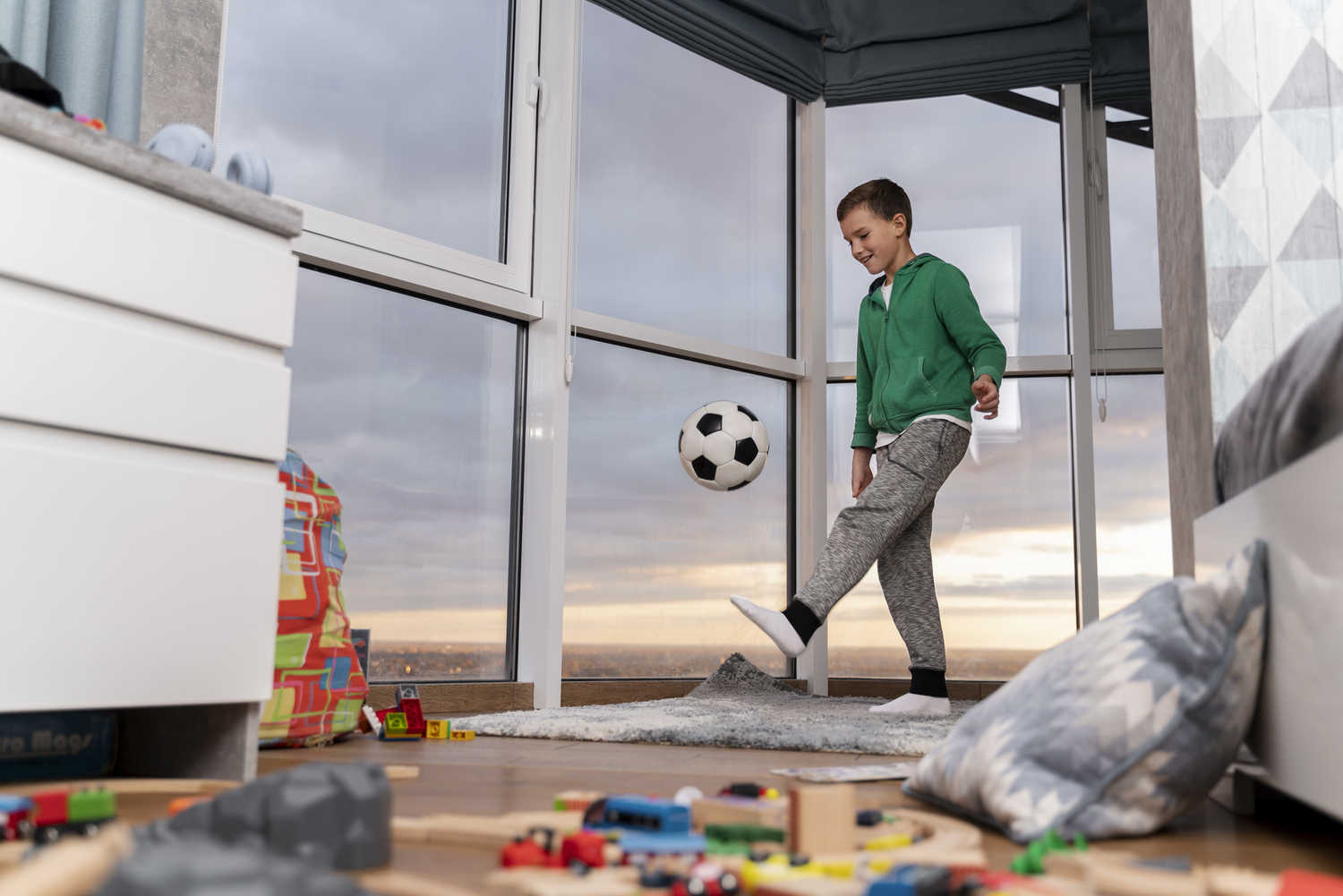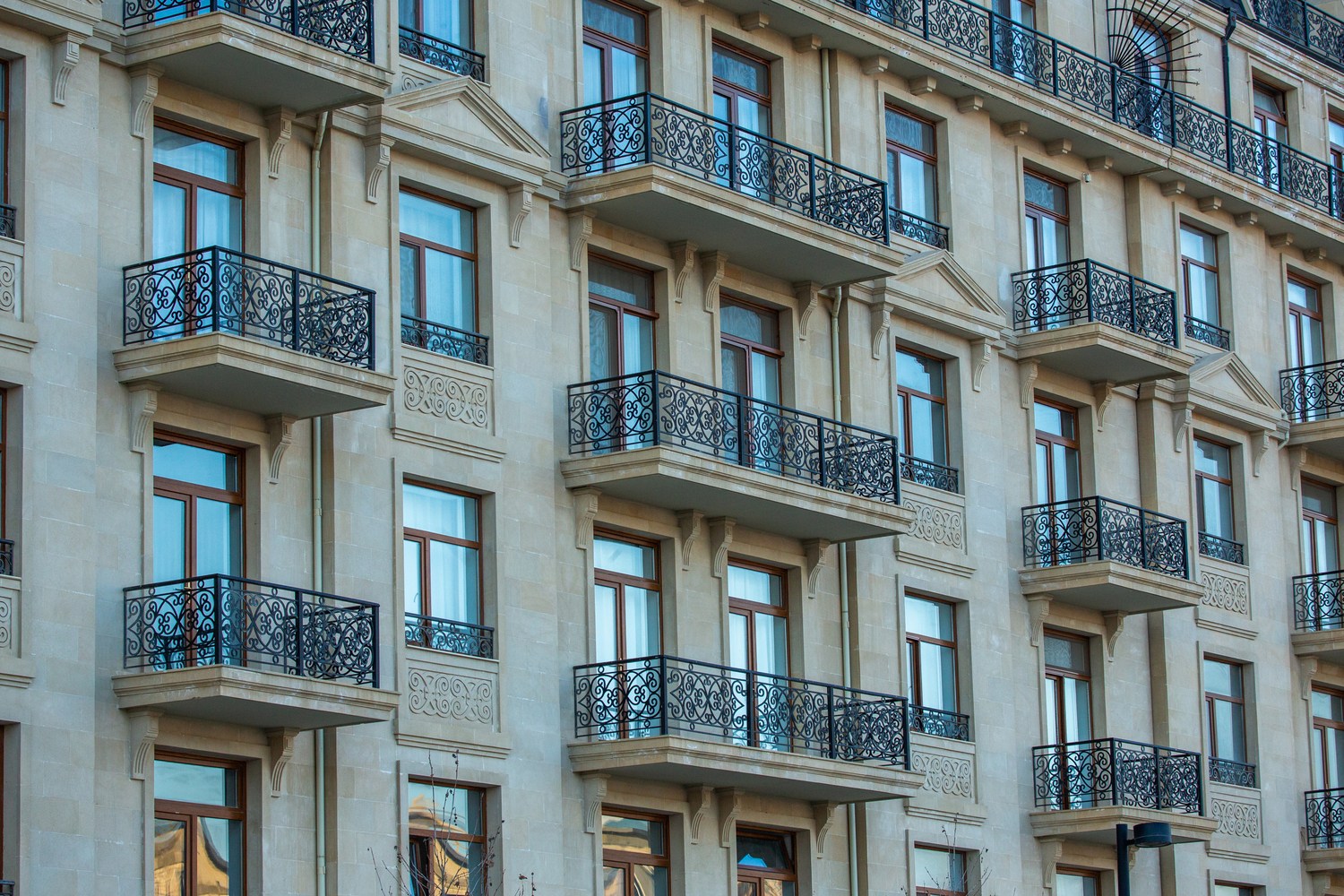
Tips for Building a Safe Home for Hyperactive Children
Tips for Building a Safe Home for Hyperactive Children
Having a hyperactive child is a unique challenge for parents. Children with excess energy often have difficulty staying still and enjoy running, jumping, climbing, and even exploring every corner of the house nonstop. This situation necessitates a safer and more comfortable home design so that children can continue to explore freely without risking injury. Here are some tips you can apply:
1. Choose a Safe Interior Design
Minimize sharp corners on tables, chairs, or cabinets. Use furniture with rounded corners or add rubber corner guards. Use non-slip flooring, especially in areas where children frequently walk. Rough ceramic or vinyl are good options. Avoid using large, unprotected glass, as it is prone to shattering when hit.
2. Create a Dedicated Play Space
Provide a play area with thick carpet, a mattress, or a puzzle mat to cushion impacts. Add simple physical activities like a small indoor swing, a mini climbing wall, or a trampoline for children to channel their energy. This space can serve as a "safe zone" that reduces risky activities in other areas of the house.
3. Door and Window Security
Install door and window guards to prevent children from leaving unsupervised. Use window locks or grilles with a secure design to maintain air circulation without creating a hazard. Avoid placing furniture near windows, as children can climb inside.
4. Protect the Kitchen and Bathroom Areas
The kitchen should be equipped with a protective door because it contains many sharp and hot objects. Use a built-in stovetop that is out of reach of children. In the bathroom, install a non-slip mat and store cleaning fluids in a closed container.
5. Use Safe Railings and Partitions
Stairs should be equipped with safety railings (baby gates) at the top and bottom. Use flexible partitions to demarcate risky areas such as storage rooms or parents' offices.
6. Pay Attention to Outdoor Areas
If you have a yard, ensure the fence is high enough and cannot be easily climbed over. Pools or water tanks must be securely covered to prevent accidents. Add outdoor play areas such as seesaws or slides that are safe and age-appropriate for children.
7. Choose multifunctional and safe furniture
Use cupboards or shelves that can be mounted to the wall so they don't collapse easily when climbed. Choose a sofa or bed with a sturdy frame so that it is safe for children who often jump. Avoid glassy decorations or tall furniture that can easily topple over.
8. Add Additional Security Systems
Install CCTV in vulnerable areas so parents can monitor them. Use electrical outlets with special covers to prevent children from touching them. Ensure all electrical cords are hidden or protected.
Building a safe home for hyperactive children requires extra attention to small details like furniture, flooring, doors, and even the outdoor area. The ideal home for hyperactive children doesn't mean restricting their movement, but rather providing a safe space for exploration while minimizing the risk of accidents. With the right design, children can grow up active and healthy, and parents can feel more at ease.

Date: August 24, 2025
Owning a plot of land is often the first step toward realizing the dream of owning a home or investment property. However, not all plots are suitable for long-term use. Selecting the right land requires careful consideration to ensure a high investment value and a comfortable living environment. Her ...

Date: August 25, 2025
The apartment business is currently a promising property investment opportunity. With the increasing demand for housing in urban areas, apartments offer a practical solution for those seeking strategically located residences with comprehensive amenities. However, establishing an apartment business c ...

Date: August 23, 2025
Building a school isn't just about the building design, but also about selecting the right location and land. The land chosen will significantly impact the school's comfort, safety, and future development. Here are some important tips for selecting land for school construction: 1. Strategic Locat ...

Date: August 03, 2025
Owning their own home is often a big dream for young couples. A home is more than just a place to live; it also symbolizes the beginning of a shared journey toward building a family. However, choosing the ideal home is not easy. Several aspects must be considered to ensure a comfortable, functional, ...

Date: August 22, 2025
Bali is not only a world-class tourist destination, but also one of the most promising property investment locations in Indonesia. Many investors, both local and international, choose the Island of the Gods as a location for investment due to its bright long-term prospects. Here are some reasons why ...
Ala Land Bali — a magical place for the real you
BECOME PART OF THE HISTORY Share your contact details, and our manager will reach out
with full project details

